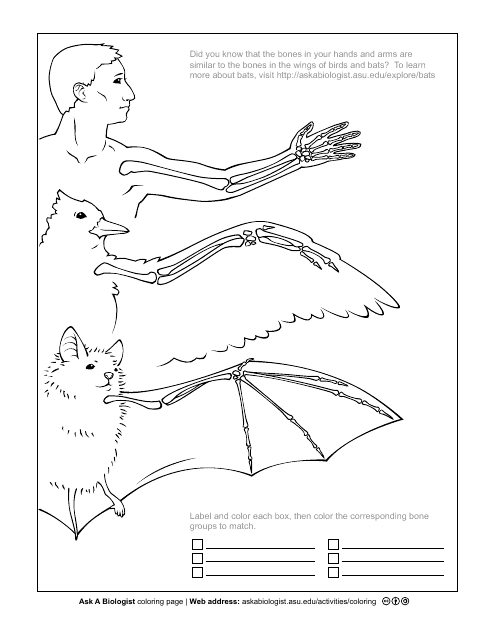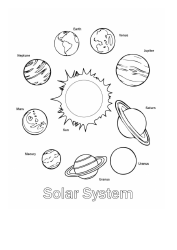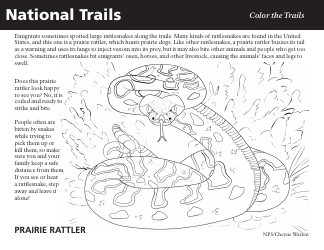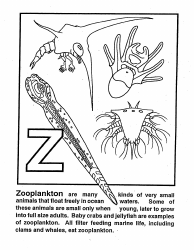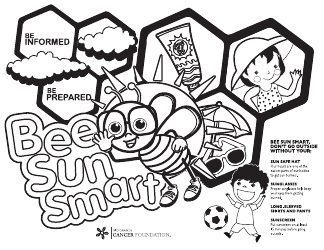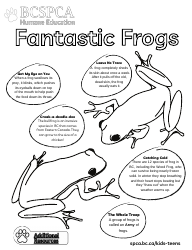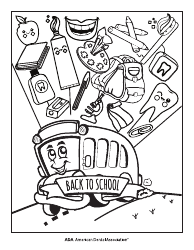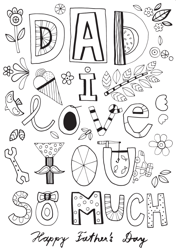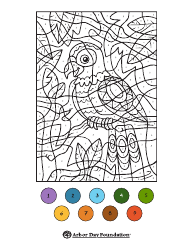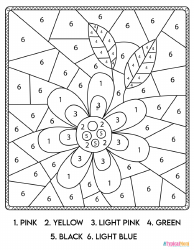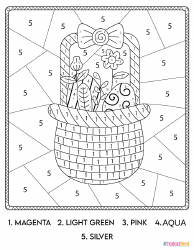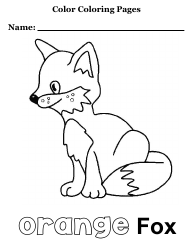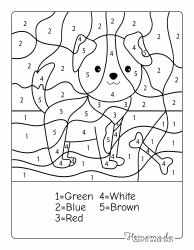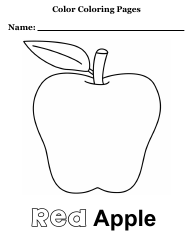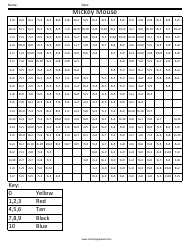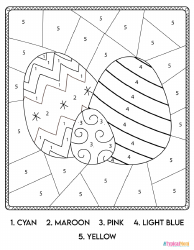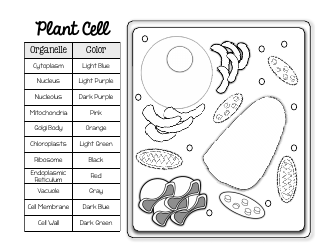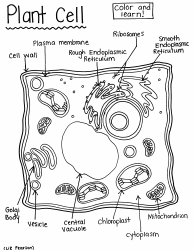Educational Coloring Page - Homology
An educational coloring page on homology is designed to teach and engage students in learning about the concept of homology in a fun and creative way. Homology refers to the similarity or relationship between different organisms based on shared characteristics or traits, often indicating a common ancestry. The coloring page can help children understand this concept through coloring and identifying similar features between different animals or objects.
The Educational Coloring Page - Homology can be filed by anyone who wishes to use or share it. It is not a document that needs to be filed with any specific authority.
FAQ
Q: What is homology?
A: Homology is the similarity between different structures, traits, or genes due to shared ancestry.
Q: Why is homology important?
A: Homology helps us understand the relationships between different organisms and can provide insights into their common evolutionary history.
Q: How is homology determined?
A: Homology is determined by comparing the anatomy, genetic sequences, or developmental patterns of different organisms.
Q: What are examples of homologous structures?
A: Examples of homologous structures include the wing of a bat, the arm of a human, and the flipper of a whale.
Q: Can homology be seen at the genetic level?
A: Yes, homology can be observed at the genetic level through similarities in DNA or protein sequences.
Q: What is the significance of homology in studying evolution?
A: Homology provides evidence for common ancestry and helps researchers trace the evolutionary history of different species.
Q: Are all similarities in organisms due to homology?
A: No, not all similarities are due to homology. Some similarities may also arise due to convergent evolution or other factors.
